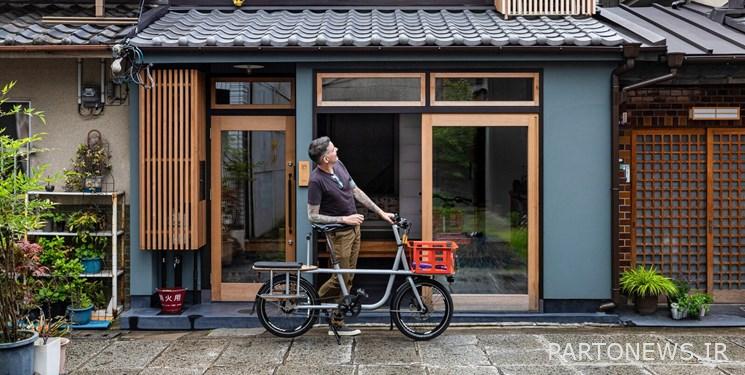Door to door Tools of East Asian countries to organize the housing market

According to the economic reporter of Fars news agency, the series of “Khane Be Doosh” reports related to the country’s housing situation, in a part of its research, deals with organizing solutions in this area, relying on the experiences of other countries in the world. They have adopted a supportive policy during retirement. This policy has been specifically pursued in the developed countries of East Asia such as Japan, South Korea and Singapore.
In line with the review of the housing policy of East Asian countries, a review of the experiences of Singapore has been carried out, which has been published in the form of a report “How the real estate housing benefit index reached 90% in Singapore”.
Based on this, housing policies and housing people in these countries have played an important role in economic development and increasing living standards.
* Miracle of East Asia from the point of view of the World Bank
According to the mentioned details, the experience of East Asian countries in the field of organizing the housing market has been so successful that the World Bank in a report titled “Miracle of East Asia” examined the policies of these countries in various areas including housing and showed how the policies of the governments in construction Housing has helped economic growth and inflation control in these countries.
Based on the information of this report, the welfare system of East Asian countries has unique features that include the following propositions.
The first characteristic of these countries is that economic goals have priority over social and political policies; In addition, in East Asian countries, the central role of the family as the smallest unit of society is emphasized, also in these countries, the role of housing ownership as a welfare policy has been placed on the agenda of the government.
* Housing retirees is on the agenda of East Asian countries
In this regard, Seyed Hamid Azazi, an expert in the field of housing, referring to the housing policies of East Asian countries, told Fars reporter: After the financial crisis in East Asia, there were many frictions between the reality of the housing market and prosperity, as a result of which the governments of East Asia were forced to In the new century, change the rules of the housing market.
This housing expert stated that the main focus on buying housing and owning a house was on the agenda as a welfare policy in East Asian countries, and said: a support policy during the retirement of people in East Asian countries has been the delivery of housing, in short, the result This policy in these countries showed that if the entire welfare system based on redistributing wealth from the rich to the poor does not work well, housing can be a successful support policy in retirement.
* Examining government actions in organizing the Japanese housing market
According to the information obtained from the Tokyo Hagan think tank, the goal of the Japanese government was to make people own houses, and for this reason, a structure was created to meet this goal.
According to this information, the Government Housing Loan Corporation (GHLC) was one of the institutions established to pay housing loans in Japan. This institution paid mortgage facilities with a low and long-term interest rate, which played an important role in people becoming homeowners. The result of this policy was that the home ownership rate in Japan rose from 25% in 1940 to 64% in the mid-1960s.
The Japanese government’s support for people’s home ownership was by supporting manufacturing companies. These companies provided cheap rental housing to employees, which helped them save for housing purchase, and also provided subsidized housing purchase facilities to employees. The combination of GHLC facilities and corporate facilities made many Japanese workers homeowners in the 1950s and 1960s.
In the 1970s, Japan’s economy and its housing sector suffered a recession, and for this reason, GHLC undertook various programs to boost the housing sector.
In this regard, the step payment system in 1979, in which the repayment of installments was reduced in the first 5 years, the generational mortgage facility in 1980, in which children could repay the mortgage facility of their parents and the duration of the facility was increased, and the supplementary facility in 1985, which The amount of facilities received increased.
The result of these actions led to the fact that 86% of retirees in Japan are home owners, and it can be said that the policy of making people own homes as a welfare policy during retirement has reached its goals in Japan.
end of message/
You can edit this article
Suggest this article for the first page

